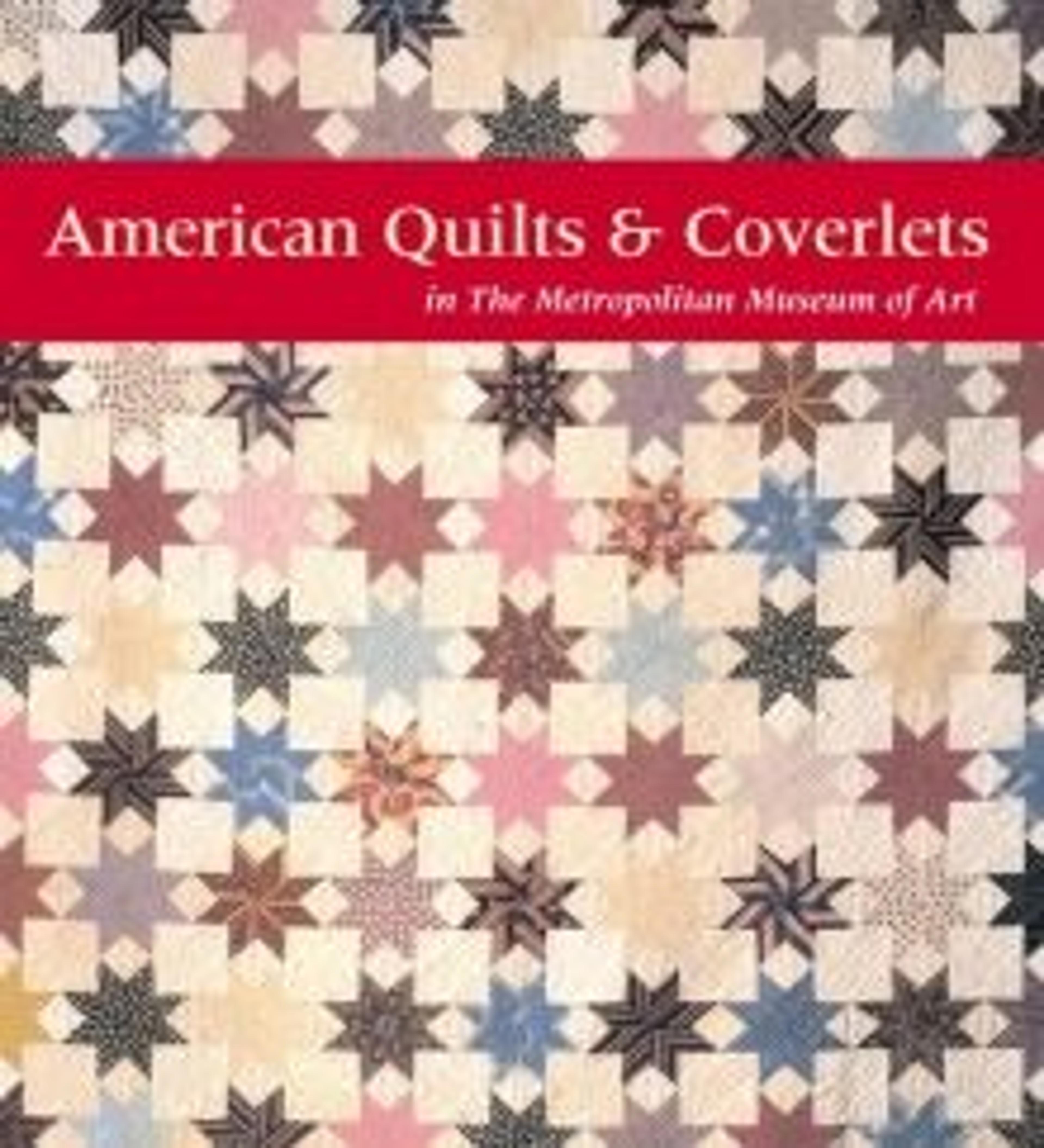Crib or Doll Coverlet
This dark blue wool and undyed cotton double cloth crib or doll coverlet is woven in one panel. Although the piece is meant to be displayed with the two R + B blocks at the foot, it is woven sideways. The natural fringes on the left and right sides are the ends of the cut warp threads. The animal and floral motifs are typical of Haring's work.
Artwork Details
- Title:Crib or Doll Coverlet
- Maker:Probably David Daniel Haring (1800–1889)
- Date:ca. 1836
- Geography:Made in Bergen County, New Jersey, United States
- Culture:American
- Medium:Wool and cotton, woven
- Dimensions:39 1/4 x 30 1/2 in. (99.7 x 77.5 cm)
- Credit Line:Mrs. Roger Brunschwig Gift Fund, 1989
- Object Number:1989.30
- Curatorial Department: The American Wing
More Artwork
Research Resources
The Met provides unparalleled resources for research and welcomes an international community of students and scholars. The Met's Open Access API is where creators and researchers can connect to the The Met collection. Open Access data and public domain images are available for unrestricted commercial and noncommercial use without permission or fee.
To request images under copyright and other restrictions, please use this Image Request form.
Feedback
We continue to research and examine historical and cultural context for objects in The Met collection. If you have comments or questions about this object record, please contact us using the form below. The Museum looks forward to receiving your comments.
